2018 World Champions
2018 World Finals
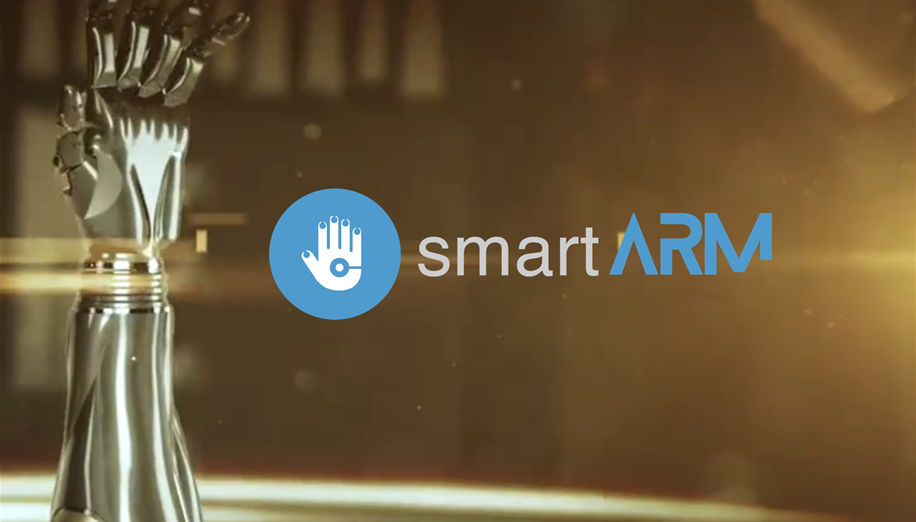
Canada
We created SmartARM, a function robotic prosthetic for the hand. Using Microsoft Azure's Computer Vision, Machine Learning and Cloud Storage, we created a robotic hand that uses a camera embedded in the palm to recognize objects and calculate the most appropriate grip for the object. Using Machine Learning, the more the model is used the more it improves. Since all data is stored on the cloud, the trained model stays with you even when you switch devices.
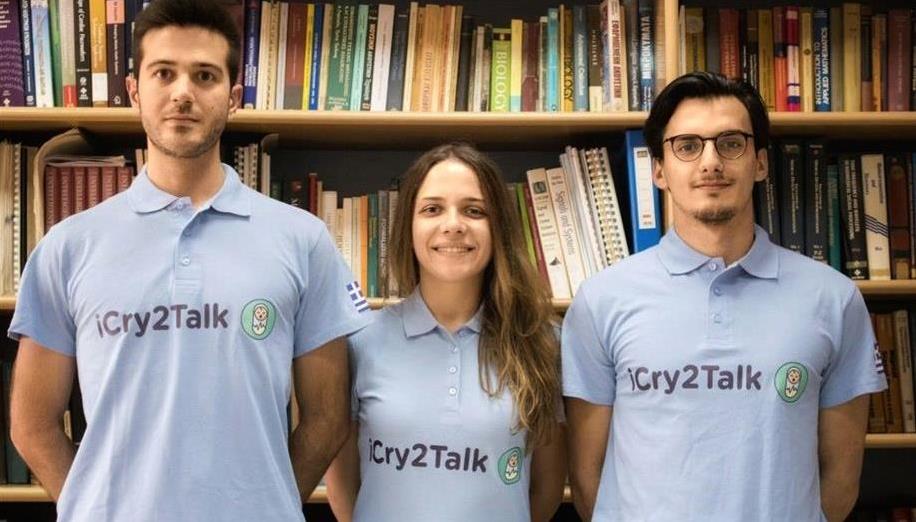
Greece
iCry2Talk proposes a low-cost and non-invasive intelligent interface between the infant and the parent that translates in real time the baby’s cry and associates it with a specific physiological and psychological state, depicting the result in a text, image and voice message. The hypothesis adopted by iCry2Talk is that the efficient combination and analysis of different sources of information through advanced signal processing techniques and deep learning algorithms can provide meaningful and reliable feedback to the parent related to the care of his baby.
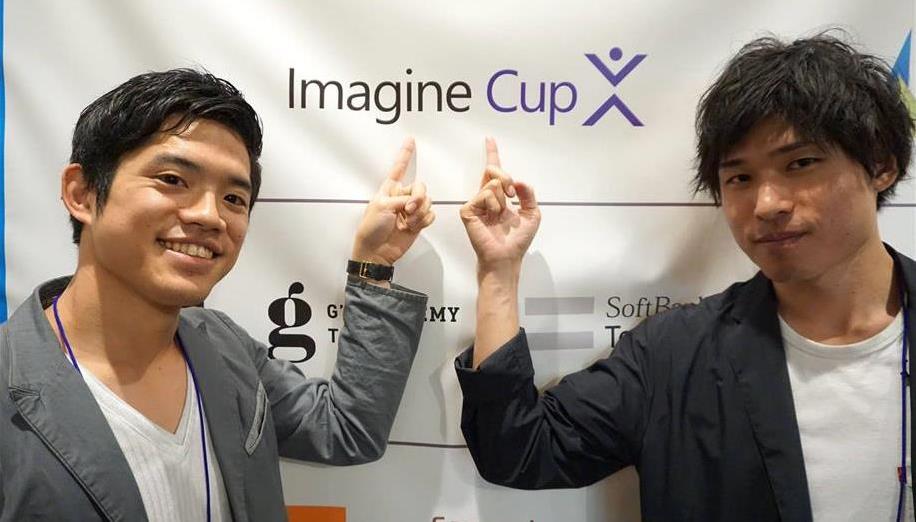
Japan
According to the WHO, around 466 million people worldwide suffer from hearing disabilities, of which 34 million are children. A common misconception is that all people with hearing impairments hardly hear anything, but many actually hear a confusing cacophony of noise, making it difficult to focus on specific sounds or voices. This can make everyday outings to noisy environments such as restaurants or cafes exceedingly difficult. Mediated Ear provides an elegant solution to this challenge. Using deep learning, Mediated Ear can isolate any voice from a mixed audio source containing various noises and sounds, including multiple speakers. With Mediated Ear, anyone with a hearing impairment can easily tune into the voice they want to hear, and filter out distracting ambient noise. While existing solutions only work on highly specialized and expensive equipment, Mediated Ear works on any smartphone. Once Mediated Ear has learned a person's voice, users can use the companion smartphone app to effortlessly select, isolate and wirelessly transmit it to their earphones. To accomplish this, Mediated Ear only needs to listen to the target person speaking for 1 minute. The recorded audio is then quickly processed in the cloud, where a neural network learns to extract the target’s voice. Once training is complete, the neural network model is sent back to the smartphone app, enabling instantaneous on-device voice isolation. Mediated Ear could also be incorporated into standalone hearing-aid devices or earphones. Besides aiding those with hearing impairments, this could benefit ASD (Autism Spectrum Disorder) patients, who often suffer from oversensitivity to ambient noise. Mediated Ear could also improve safety in hazardous environments such as factories, construction sites, and airports, by allowing workers to filter out distracting noises. As such, Mediated Ear has the potential to empower not only those with hearing impairments, but also to truly "Empower us all".
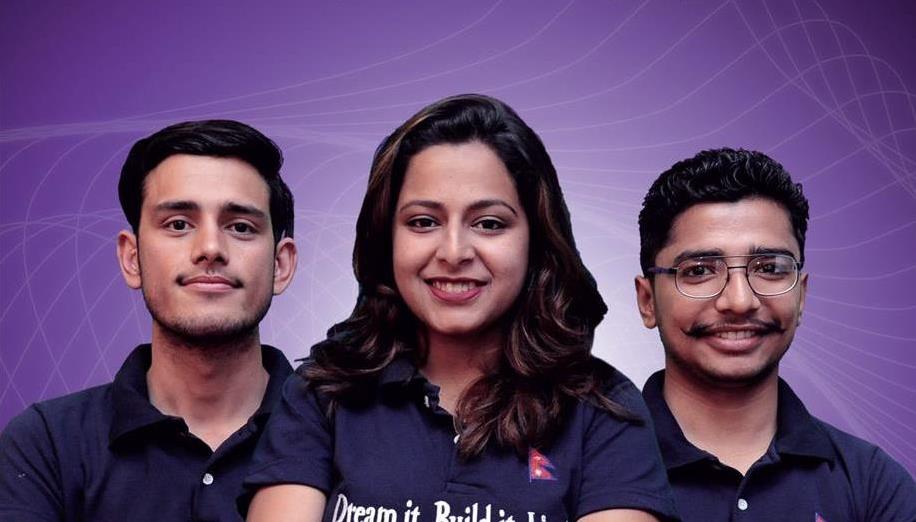
Nepal
Excessive use of chemicals not only destroys crops, but also negatively impact our ecosystem. Team SochWare has designed a solution "E-Agrovet" that will help farmers identify plant diseases, suggest mitigation strategies connect with experts and get updated with recent agriculture findings, climatic conditions. Additionally, the team’s solution will also enable the farmers to alert nearby harvesters about the situation.
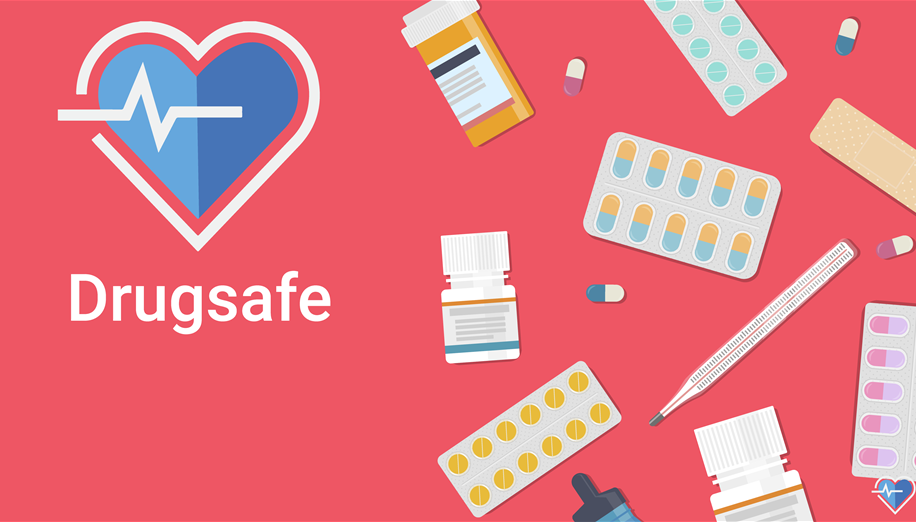
India
DrugSafe was ideated with the unique selling point of being able to provide people with multi-layered checks to validate genuine drugs coupled with some of the most novel technologies like machine learning, artificial intelligence and Blockchain. The robust design of this checking provides a holistic drug validation system. We are using extensive Microsoft Azure platform services such as Azure Pipelining, Azure ML Studio, Azure CosmosDB, LUIS and many more. Under ML Studio, we use Cortana Intelligence Suite to get real time analytic data. The first and most basic check is that of comparing batch IDs of medicine strips. If this is bypassed, next, the image or blueprint of the drug strip is subjected to Optical Character Recognition wherein all anomalies, if any, are identified. The text from the image such as ingredients, classification of drug, logo text is sent to an Azure Cosmos DB where it is queried and compared against different partitions for different manufacturers. Another check is the confidence of colour. Here, the confidence levels of the colours on the back strip is weighed to detect even subtle changes. A further validity step is the idea of verifying location of manufacture. Upon tapping the app from the home screen, the user is greeted with the home page of the app. It contains 3 tabs namely, medicines, community and the chatbot. Each of these tabs are integrated with the other, which provides seamless functionality for the user. To provide quick access, we have added the camera button right at the top. The first tab, “Medicines”, contains well-defined cards of the various medicines that have been scanned or captured by the user. Using 3 unique checks, we validate the drugs as safe or not which is immediately notified to the user through a large pop-up screen. Each of the cards on this screen have extended features such as their details and date of manufacture. If a medicine is genuine, the user is allowed to view the manufacture date and location, batch number and suggested dosage. The most eye-catching feature is the colour of the bar atop the card which indicates the validity of a drug at the first glance. All unidentified medicines have a “Report” option, which leads the user to the chatbot “Querla”. This chatbot uses Artificial Intelligence to report the drug and expedite the process for any user as it is extremely user-friendly, catering to all classes of people. The “smart” bot uses services like Microsoft Luis, Cortana Intelligence Suite and Microsoft Bing Cognitive Services and hence, equips the chat bot with Artificial Intelligence and Machine Learning abilities. Another exciting aspect of the app is the “Community” page. This acts as your local guide for all news and current situations regarding healthcare. Specifically, the app shows an alert if there is a sudden outbreak of a disease in a particular locality by using maps to indicate the affected zone. It does so by using predictive machine learning algorithms and Azure Pipelining technologies. It may otherwise indicate if a certain pharmacy is increasingly selling counterfeit drugs and recommends you to avoid such stores, intelligently. As is seen, the user experience is extremely fluid and requires only a minimum number of taps to report a drug. We have used material design to enhance UI/UX and make the app all the more inviting to use. All in all, with the increasing number of illnesses due to counterfeit medicine we have devised a solution to mitigate this problem. The app provides a hassle-free yet very efficient of validating and reporting fake drugs through hardly a few steps. The future scope of this app includes integration with Android Wear using the Azure IOT Suite.

United States
Pengram is an AR/VR platform which allows engineers from around the world to be holographically ‘teleported’ into a workspace when needed. For example, if an operator that is repairing a $100,000 medical device needs help, they will be able to wire into our service, and using a Hololens, they will be able to watch an expert on that device perform the repairs in 3D.
